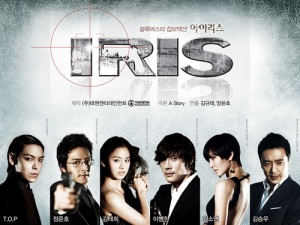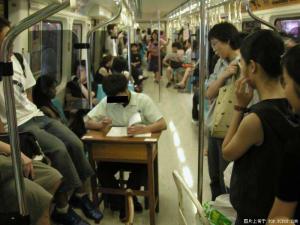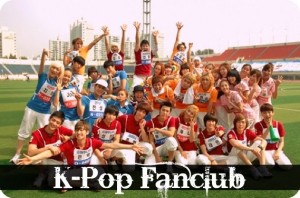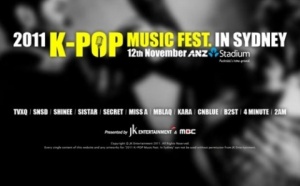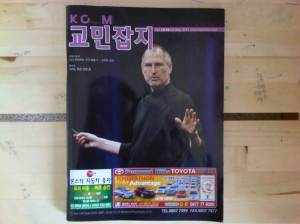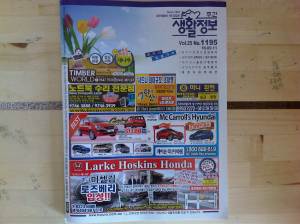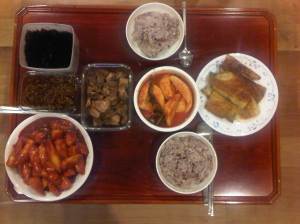As a conclusive blog, I wanted to sum up by the extensive influence Korea has on a global scale. So far I’ve specifically explored the entertainment influence, food influence and the influence of the film industry, after some thinking and a stroll through Sydney’s own China town in Haymarket, it occurred to me that China town can be found in every major city all across the world, its so popular that its apart of that city, a landmark. So if there’s a china town, is there any Korea towns? And after some browsing and research, I found many from China to Kazakhstan to Singapore then across the world there’s more in Canada, the U.S and even South America.
Though people have mentioned it as “little Korea” or “little Seoul” instead of Korea Town. From their BBQ restaurants to their infamous karaoke rooms to their supermarkets and the music that has become a reputable genre in its own way, Korea has allowed their culture to be shared and have multiplied across the world in order to show what they’re proud of.
Many international individuals have embraced the culture, by accessing the convenience of the internet and how easy it is to express ones interests and passions in “blog” form, many individuals have posted websites of Korea and what they love about it. For example, I discovered an American couple, Simon and Martina and their website http://www.eatyourkimchi.com/, writing and posting videos of what they love about and discovered of Korea.
Even newspapers and travel advisers in the U.S have highly recommended Korea Town as destinations to visit and enjoy. According to the L.A Times, a lifestyles critic suggested Korea Town to any newcomer, “Koreatown is easy to navigate when it comes to some of its culinary standbys. You probably know your favorite spots…”
As long as different cultural backgrounds can embrace and appreciate one’s differences, by enjoying what other cultures have to offer, what else is there to complain!!



